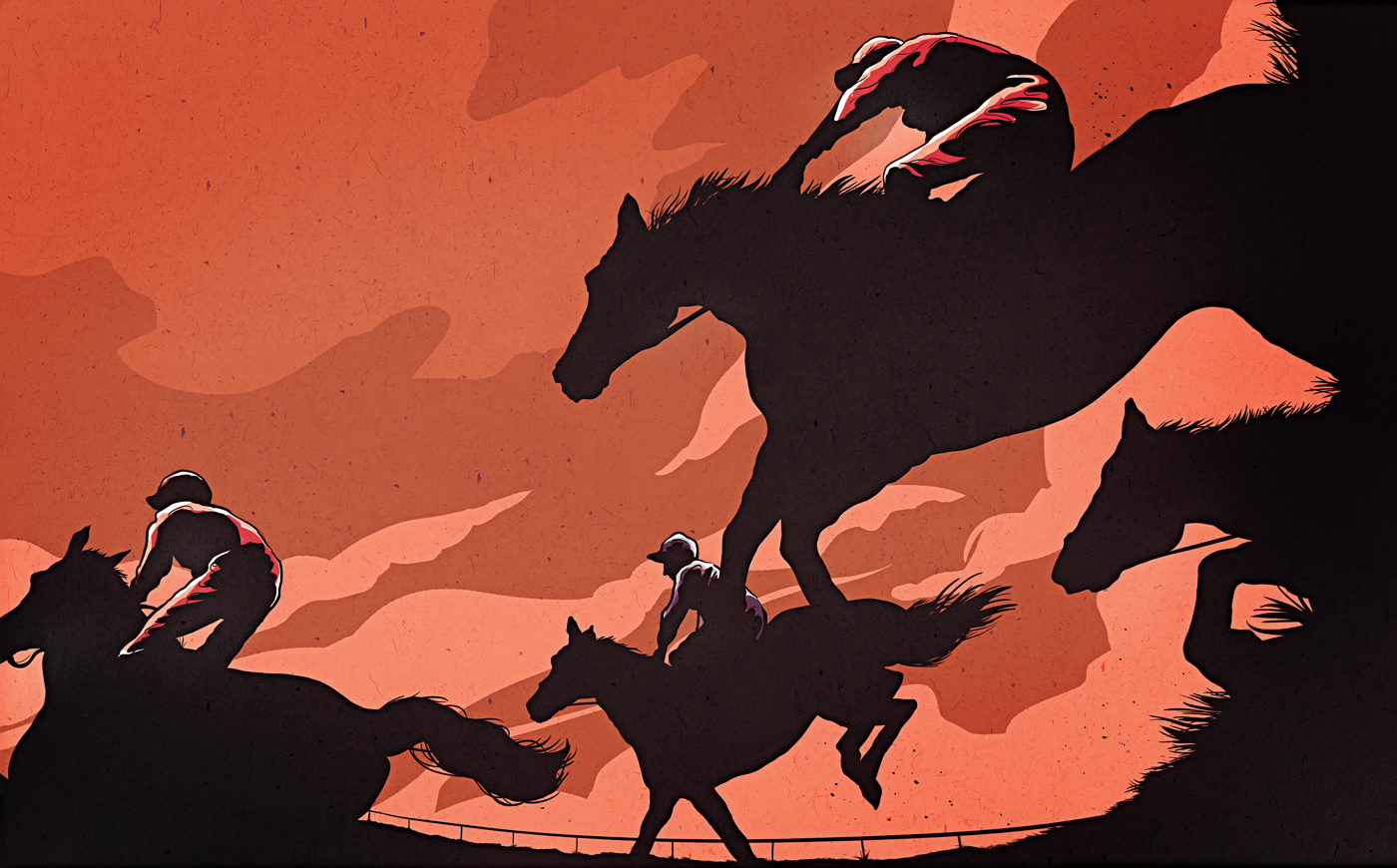In November 2010, I was in Australia to see the 150th running of the Melbourne Cup, one of the world’s major horse races. The noise that erupts when 110,000 people start cheering is spine tingling. The fashions are both sharp and outlandish.
Contrast that to Western Canada; it’s a place with a strong horse culture, but a day at the races is quite different.
There was a time when horse racing was a bigger deal in Edmonton. Articles from the late ’50s reveal the formality of the racetrack. An Edmonton Journal picture from the 1960 Derby Day shows Lieutenant Governor J. Percy Page and Mrs. Maude Page arriving in an open horse drawn carriage. There was a sense of occasion.
Fast forward to today. Horse racing exists in an era of ferocious competition for the entertainment dollar and leisure time. Online betting of all forms has become a huge competitor to the live experience.
In the last decade, the horse racing industry in Alberta has encountered obstacles. Purses have fallen and, in 2014, tax incentives for owners disappeared. Stampede Park in Calgary closed in 2008. Prior to that time, the annual racing season was split between Calgary and Northlands. While the new Century Downs track, next to Cross Iron Mills outside of Calgary, has been delayed, Northlands has hosted most horse racing dates for the past six years.
John Stavropoulos, a tax lawyer and a director of the Horsemen’s Benevolent and Protective Association of Alberta, has expressed frustration over the health of the industry on the financial side. He considers the lack of racing venues over the last six years to be a real problem. Even so, he remains optimistic. “Horse people in Alberta are a resilient group, and won’t go down without a fight.”
Although fields and cards across western Canada were small early in the 2014 season, betting on thoroughbred racing was up almost 12 per cent over last year in the first four months of 2014. Chris Roberts, general manager at Northlands Park, senses a change in Edmonton. He says crowds have been trending up over the last three years, especially for Northlands’ Friday night “Park After Dark.” The aim is to create a party. The tarmac beside the track transforms into a huge summer patio. But Roberts admits the big challenge is to lure young first-timers. “When we get the 20-, 30-, 40-year-olds to the track, they love it.”
